A manera de editorial. Los trabajos y opiniones que aquí se exponen son orientadores de lo que se publica en Cuba y en el mundo sobre aspectos relevantes de la hipertensión arterial.
 Por: L G Christogiannis, M S Kostapanos, C C Tellis, H J Milionis, A D Tselepis y M S Elisaf. Journal of Human Hypertension (2013) 27, 44–50.
Por: L G Christogiannis, M S Kostapanos, C C Tellis, H J Milionis, A D Tselepis y M S Elisaf. Journal of Human Hypertension (2013) 27, 44–50.
The effect of antihypertensive drugs on lipoprotein subfraction profile is still under investigation. In this study the effects of fixed combination of valsartan with either amlodipine (V–A) or hydrochlorothiazide (V–H) on low-density-lipoprotein (LDL) and high-density-lipoprotein (HDL) subfraction profile of patients with stage 2 or 3 hypertension were assessed. [publicada: 24 de diciembre 2012]
Por: Tamenobu Ueda, Hisashi Kai y Tsutomu Imaizumi1 on behalf of the MAPPY Study Investigators. Hypertension Research (2012) 35, 708–714.

The treatment of morning hypertension has not been established. We compared the efficacy and safety of a losartan/hydrochlorothiazide (HCTZ) combination and high-dose losartan in patients with morning hypertension. A prospective, randomized, open-labeled, parallel-group, multicenter trial enrolled 216 treated outpatients with morning hypertension evaluated by home blood pressure (BP) self-measurement. Patients were randomly assigned to receive a combination therapy of 50 mg losartan and 12.5 mg HCTZ (n=109) or a high-dose therapy with 100 mg losartan (n=107), each of which were administered once every morning.
A critical appraisal of the clinical effectiveness of a fixed combination of valsartan, amlodipine, and hydrochlorothiazide in achieving blood pressure goals. [En idioma inglés]
Por: Cheryl L Laffer y Fernando Elijovich. Integr Blood Press Control. 2011; 4: 1–5.
Las recientes directrices para el tratamiento de la hipertensión se han centrado en la necesidad de medicamentos múltiples para obtener la mayoría de los pacientes con el objetivo de presión arterial (PA). De dos a tres diferentes clases de fármacos antihipertensivos se requieren con frecuencia, aumentando el riesgo de incumplimiento de la terapia. Por lo tanto, las directrices han recomendado a partir de la terapia de combinación en pacientes con presión arterial que es más de 20 mm Hg de sistólica o 10 mm Hg en la diastólica por encima de meta. El último avance en el régimen de tratamiento ha sido el desarrollo de combinaciones de triple terapia de un bloqueador del receptor de la angiotensina, la amlodipina, e hidroclorotiazida.
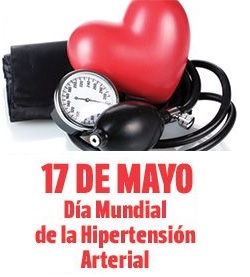
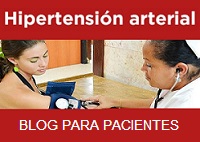


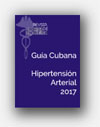
![Glosario: hipertensión [Hipertensión arterial en la atención primaria de salud. 2009]](http://temas.sld.cu/hipertension/files/2016/04/Glosario-e1541006177950.jpg)
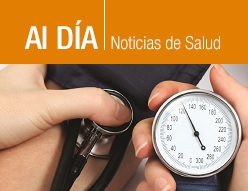
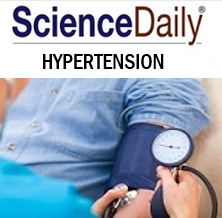

Comentarios recientes